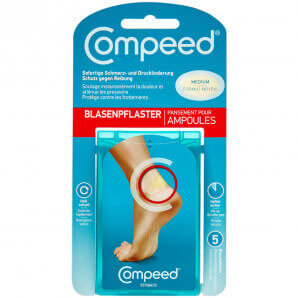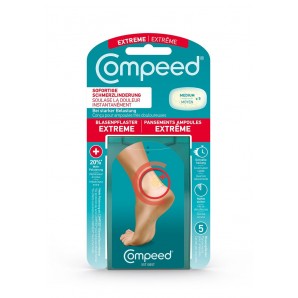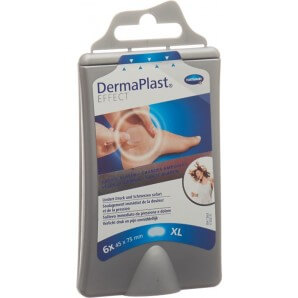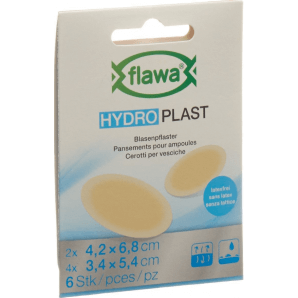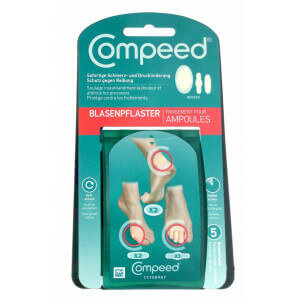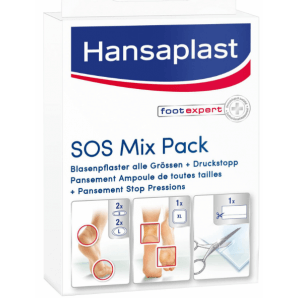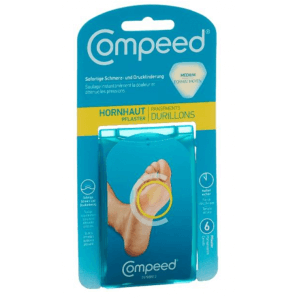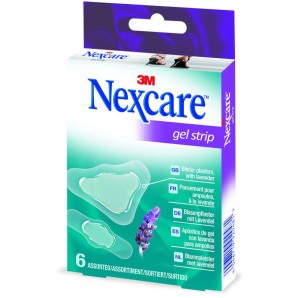-
nutrition
-
Food Supplement
- nutritional supplements by topic
- amino acids
- Minerals
- vitamin preparations
- Fatty acids
-
superfood supplements
- acerola
- aronia
- artichoke preparations
- ashwagandha
- astaxanthin
- brewer's yeast
- bee pollen
- camu camu
- chlorella
- spelled grass
- echinacea
- barley grass
- ginkgo
- grapefruit seed extract
- guarana
- green-lipped mussel
- ginger preparations
- garlic capsules
- turmeric Supplements
- maca
- moringa
- OPC
- roseroot
- saffron preparations
- spirulina
- préparations de la griffe du diable
- medicinal mushrooms
- frankincense preparations
- wheatgrass
-
Food
- healthy snacks
-
beverages
- soft drinks
- Coffee
- milk substitute
- whey drinks
- Juice
- syrup
-
tea
-
various types of tea
- nettle tea
- chai tea
- verbena tea
- fennel tea
- lady's mantle tea
- fruit tea
- green tea
- rosehip tea
- hemp tea
- hibiscus tea
- elderflower tea
- ginger tea
- camomile tea
- herbal tea
- lavender tea
- lime blossom tea
- dandelion tea
- mate tea leaves
- melissa tea
- mint tea
- oolong tea
- orange blossom tea
- marigold tea
- rooibos tea
- rosemary tea
- sage tea
- yarrow tea
- black tea
- licorice tea
- thyme tea
- verbena tea
- alkaline tea
- relaxation tea
- women tea
- love tea
- sleep tea
- pick-me-up tea
- tea selection boxes
- digestive tea
- christmas tea
- winter tea
-
various types of tea
- chewing gums & bonbons
- gluten Free Foods
- cooking & baking
- muesli
- sweets
- diet products
-
Food Supplement
-
sport
- fitness & gymnastics
- muscle / joint pain
- outdoors & camping
- racket sports
- sports nutrition
- Sport drinks
- sports drinking bottles
- water sports & fun
-
personal care
- bath & shower
- fragrances
- facial skincare
- haircare
- hands & feet
- body & skincare
- intimate care
- make-up
- mouth & teeth
-
Health
- allergies & skin diseases
- bladder & prostate
- Diabetes
- blood circulation
- Withdrawal
- Cold & Flu
- Equipment & Fasttests
- hygiene & medical supplies
- Incontinence
- Love Life
- Stomach & Gut
- Restlessness & Sleep Disorders
- Wound care
-
Mother & Kids
- Pregnancy
- Breastfeeding
- baby
- kids
-
home use
- bathroom accessories
- office supplies
- electrical supplies
- garden & pests
- pillows & Blankets
- kitchen utensils
- lamps
- party items
- room fragrances
- cleaning products
- textiles
- pet supplies
What can you do against blisters on your feet and hands?
The most important points in brief
- Heavy manual work, sport or long hikes with possibly new shoes, these are the conditions in which we develop calluses.
- Blisters on feet and hands are an unpleasant thing that you absolutely want to avoid - or get rid of quickly once they are there.
- Blisters are always a sure sign that too much friction has taken place on the skin.
- If you do have blisters on your hands and feet, there are a few tried and tested home remedies that you can use to alleviate the symptoms.
You are probably familiar with the uncomfortable feeling when the unmistakable feeling that you will definitely get a blister sets in your hands or feet during a workout, while working in the garden or on a beautiful mountain hike. Preventing with a blister plaster is a good idea - especially with new shoes - but our skin doesn't always stick to it.
Bubbles cannot always be avoided
The truth is that despite all precautions, blisters on feet and hands cannot always be prevented 100 percent. The shoes can be exactly the right size (a thumb's width between the tip of the shoe and the longest toe), well-fitting socks that release the moisture from the inside to the outside of the sock and perfectly fitting gloves for swinging the tennis racket or the rake move: All of this is by no means a guarantee that bubbles will not form.
If this is the case, even if the bladder is still in its early stages, then you should not use deodorant for the feet, for example, as this inhibits the formation of sweat there. This hampers the healing process enormously and in the worst case leads to more serious skin diseases. Much, much better: get an antiseptic and apply it to the appropriate area. If the bubbles are not yet open, rubbing in with hydrogen peroxide is recommended.
Open blisters on feet and hands: what to do?
When the bladder has opened it is usually quite painful. Ideally, you will be able to use tweezers to remove the detached piece of skin before disinfecting the open area. In this way, no skin remaining on the wound can unintentionally tear off. Either way, however, you should protect the vacancy well. The best way to do this is to use some gauze to prevent infection or even irritation of the skin. This threatens especially the next time you put on your shoes without protecting the sore area.
But that's only one aspect. But there are also home remedies that support the healing process in the best possible way. First of all, aloe vera should be mentioned here. Break open a leaf of the plant and apply the emerging gel to the blister. Chamomile also helps: Boil half a liter of water with three bags of chamomile tea, soak gauze with it and place the gauze on the wound for a while.
Piercing is only advisable with a disinfected needle and a large bladder that is about to tear. You must then disinfect the wound. If the bladder becomes infected, with or without piercing, you should consult a doctor. Signs of infection are redness, pain, purulent bladder edges, yellowish crusts or fever.
Related products
-
-
-
-
FLAWA HYDRO Blister Plasters 2 Sizes (6 pieces)
Old price: CHF 5.90 Price: CHF 4.43 Discount: 25% Save up: -CHF 1.48 -
-
-
-
3M Nexcare Blister Plasters 2 Sizes Assorted (6 pieces)
Old price: CHF 8.40 Price: CHF 6.30 Discount: 25% Save up: -CHF 2.10
Related posts
-
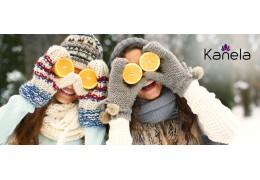 Which vitamins are important in winter?
All vitamins are important - all year round. In winter, however, some of these active ingredients are particularly...Read more
Which vitamins are important in winter?
All vitamins are important - all year round. In winter, however, some of these active ingredients are particularly...Read more -
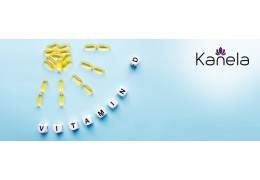 What are the symptoms of a vitamin D deficiency?
Are you unmotivated, tired, sleepless and listless in autumn and winter? Vitamin D deficiency could be a reason for...Read more
What are the symptoms of a vitamin D deficiency?
Are you unmotivated, tired, sleepless and listless in autumn and winter? Vitamin D deficiency could be a reason for...Read more -
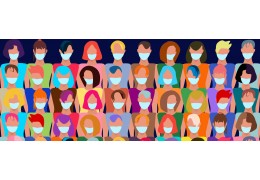 Hygiene and face masks - what types are there?
Posted in: Health20.10.2020Hygiene and protective masks have always been useful in hospitals, in medical practices and in care, Corona has made...Read more
Hygiene and face masks - what types are there?
Posted in: Health20.10.2020Hygiene and protective masks have always been useful in hospitals, in medical practices and in care, Corona has made...Read more -
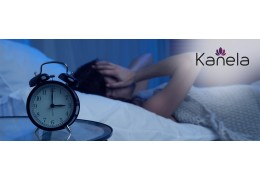 What are insomnia and what can you do about it?
Posted in: Health23.10.2020Sleeping seems like a simple thing. And yet many people suffer from insomnia, difficulty falling asleep and staying...Read more
What are insomnia and what can you do about it?
Posted in: Health23.10.2020Sleeping seems like a simple thing. And yet many people suffer from insomnia, difficulty falling asleep and staying...Read more -
.jpg) FFP1, FFP2, FFP3 - what are the differences between the masks?
Posted in: Health23.10.2020The FFP mask can now be seen more and more often in public, no longer just in nursing or in the medical field. Not...Read more
FFP1, FFP2, FFP3 - what are the differences between the masks?
Posted in: Health23.10.2020The FFP mask can now be seen more and more often in public, no longer just in nursing or in the medical field. Not...Read more



---Kopie.jpg)
